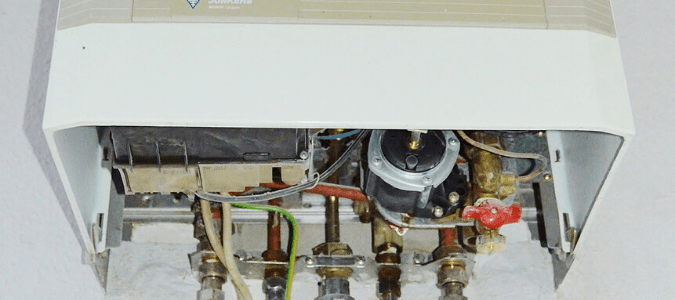
No homeowner wants to discover a leak. Dripping water isn’t just an annoyance—it can cause serious damage to your property if left unattended. When you combine leaks with hot water heaters or electricity, potential dangers increase. So, what does it mean if your hot water heater is leaking? And more importantly, what should you do about it?
There are many possible reasons why your water heater might be leaking, including:
- Your valves need to be replaced or tightened
- Your fittings or supply piping need to be replaced
- You need to install an expansion tank
- There is condensation
- Built-up sediment is causing the tank to crack and leak
- There is a larger problem which may force you to consider replacing your water heater
Obviously, some of these problems are more serious than others. Unfortunately, neglecting to address the issue will only continue to allow mold and mildew to grow in the area around your water heater. Even condensation may cause corrosion or damage to the outside of your appliance. The good news is that an experienced plumber can quickly address many of the reasons your water heater may be leaking. What if you want to try to determine the cause on your own?
Troubleshooting A Hot Water Heater Leak
If you want to try to pinpoint what might be going on yourself, you’ll need to first try to find the source of your leak. Keep in mind that you should never just start poking around your water heater looking for dripping water. Before you get started, shut off both the power and gas supply. Shutting off the power supply for your water heater is usually simple. Either switch off the valve on the outside of your heater or flip off the power switch for your water heater on your circuit breaker box. Homes have two gas valves, which can vary in location and appearance. The main shut off valve, or the “street side valve” can be found outside by your gas meter, while the “house side valve” is inside and usually attached to a black pipe and may be next to a gray water pipe. In newer homes with high-pressure gas systems, the main shutoff is near your furnace or water heater. You’ll want to turn your handle perpendicular to the pipe to shut off the gas.
If it’s a somewhat minor leak, you can just flip the cold water shut-off valve when you notice the excess water. If the leak is significant, you’ll want to shut off the main valve and call a professional immediately. Although doing so will shut off the water to the entire house, you’ll slow down the leak until help arrives.
Once you’ve shut off the power and water supply, wipe away the excess water, including any on the water heater itself. Wait a few minutes and look for any areas where you can see water might be leaking. If you can’t detect any problem areas, set down some paper towels near where you first spotted the leak and wait a few hours to see where moisture has accumulated. Once you discover the source of your leak, you can take the appropriate steps to fix it. The most common places where your water heater will leak are from the top, the bottom and from the T&P drain (also known as the overflow pipe).
Sometimes, a leak around this appliance isn’t due to the hot water heater at all. Other pipes surrounding your water heater may actually be the source of the problem. Check the areas above your water heater to ensure that pipes, flooring or other issues are not causing a leak that gets onto your water heater.
When Your “Leak” Is Not Actually A Leak
In some cases, homeowners discover that condensation may be the cause of the “leak.” If you set down paper towels and they are still dry after a few hours, the moisture you discovered may be due to condensation. When the water heater is brand new or is just starting to adjust to colder seasons, condensation can be more common.
Homeowners wanting to avoid the potential for water damage due to condensation can keep the air around the water heater warmer. Usually, this means improving ventilation so that the condensed water can dry more quickly. Adjusting the temperature settings of your water heater may also help to reduce condensation. If the problem persists, you may find that you have a bigger problem and need to enlist a professional to resolve the issue.
If you’re determined to move forward on your own and identified the location of your leak, you’re probably now wondering what to do next and what might be wrong with your system. We’ll review the most common leaking parts on a water heater as well as what you can do to address each issue, as well as when a professional’s help is necessary.
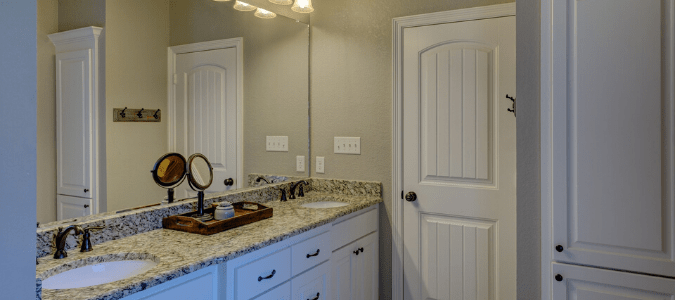
Why Is My Hot Water Heater Leaking From The Top?
If you find yourself in this situation, you’ll be relieved to learn that a water heater leaking from the top is a quicker and less expensive fix than a water heater that is leaking from the bottom.
At the top of your water heater is the temperature and pressure relief valve. This part is also known as a pressure relief valve or the T&P valve. When water heats up and expands, it can cause pressure to build up on the inside of your appliance. High pressure can cause the heater to explode, so this safety valve serves as a protective feature to allow excess pressure to leave your appliance so that your water heater can continue working properly.
Water coming out of your T&P valve may simply mean that this component is doing its job. While it’s good to know that your pressure relief valve is preventing your water heater from exploding, it’s worth consulting with a professional if any water is coming out of your unit.
In some cases, a leak can indicate that your T&P valve needs to be replaced or tightened. If you want to replace your T&P valve on your own, you can usually find a new one at your nearest home improvement store for a reasonable price. However, if you are unfamiliar with the inner workings of water heaters, as most homeowners are, your best bet is to typically enlist a plumber, who can quickly get the repair done right.
If your water heater has a ball valve or in-line valve and you see that is where the leak is coming from, this fix may be as quick as tightening up the nut that holds the handle of this piece in place. You can identify this valve because it is a joint with a handle on it. The handle should be running parallel to the pipes. If it is pointing outwards instead, the valve is closed and not letting water through, which could be causing the leak.
Another possible culprit for a water heater leak is the two pipes leading to the top of the hot water heater. These are the cold water inlet pipe and the hot water exit pipe, which are connected to the unit by nipples. Loose threads within the nipples may cause water to leak out as it enters or leaves the heater. In order to stop this type of leak, you may have to replace the nipples. While this is not an impossible task to do on your own, many people may feel more comfortable calling in a professional.
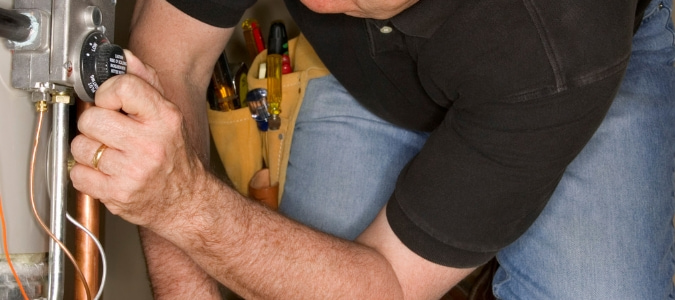
Why Is My Water Heater Leaking From The Bottom?
Leakage at the bottom of your water heater may also be caused by the T&P valve, so be sure to trace the source of the leak to its origin to determine what might be going on. Many homeowners are surprised to learn that corrosion on the heater or surrounding pipes may actually be a sign that your leakage is coming from a higher source.
If that is not the case, your leak may be due to a faulty or leaky drain valve. The drain valve allows your water heater to be emptied during routine maintenance. Sometimes, this component leaks and loses its ability to hold all of the water inside the tank. If you see water pooling up around this pipe, you might have to close or replace this valve. While replacing this part is doable, many homeowners find this task may take more time and work than just replacing the T&P valve.
If you spot rust or cracks around the tank of your water heater, your leak may be caused by the tank itself. In some cases, built-up sediment may cause the bottom of the tank to crack and leak. Unfortunately, many homeowners find that a plumber will recommend that in these cases, replacing this appliance is the best course of action.
Regular maintenance of your water heater may help to prevent built-up sediment and other problems that eventually cause water heaters to leak. Sediment should be emptied at least once a year to prevent build-up and other associated problems, including when a gas water heater is not hot enough. Water heaters usually last for around 10 years before they need to be replaced.
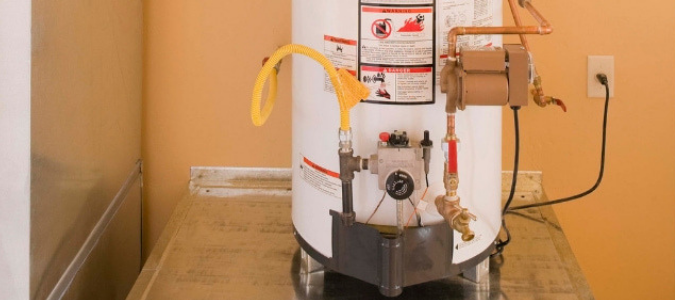
What If My Hot Water Heater Is Leaking From The Overflow Pipe?
The overflow pipe (which is also commonly known as the T&P drain) is connected to the T&P valve and runs down the side of the water heater. Water coming from this part may just be due to problems with the T&P valve. In the most simple cases, making sure all parts are tightened securely can address the issue.
However, minerals and sediment may also build up around this drain. Likewise, a faulty or old T&P drain pipe may also be the source of the problem. Simply replacing this part can sometimes help to reduce leakage.
Unfortunately, there is also a possibility that water coming out of the T&P drain is a sign of a more serious issue. These leaks can indicate that there is too much pressure in your tank. It’s important to take action as quickly as possible if you suspect this might be your problem, because the extreme pressure within your tank could cause your water heater to burst. A licensed plumber can quickly relieve the pressure within your unit and advise you on what to do next.
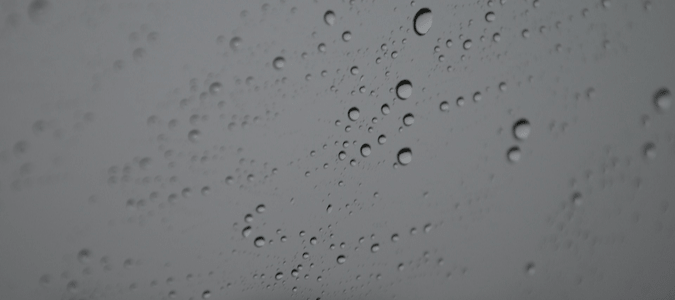
What To Do If Your Hot Water Heater Leaks Occasionally
Seasonal leaks may be more frustrating than one big leak because it feels like nothing you do is working. After tightening all your valves and improving ventilation around your water heater, you should not notice ongoing water leaks.
If you do, keep track of how often your water heater leaks and where the source of the leak is. If the “leaks” generally happen when the weather changes, you might just be dealing with condensation.
If you continue to experience repeated leaks, this may mean that the cause is internal and it’s time to replace the entire appliance. Over time, for example, your water heater may develop a pinhole leak, which can lead to the water accumulating around your unit. In these cases, when you turned off the pressure relief valve, water levels probably dipped and rust ended up sealing up that tiny leak. However, when you turn the water heater back on, you will probably develop a pinhole leak again. Unfortunately, in this scenario, you will likely need to install a new water heater, and quickly. A rusted water heater can crack and create an even bigger headache.
ABC Can Repair Any Water Leaks
Water heaters are tricky for homeowners to fix on their own. Without the proper knowledge of how these systems work, you can easily damage your appliance or even put yourself at risk of injury because of the dangers inherent in working on plumbing and electrical issues. If you have noticed your water heater is leaking, call in the professionals at ABC Home & Commercial Services. Our licensed plumbers are even available 24/7 for those middle of the night emergencies. With ABC’s help, you won’t have to worry about your water heater or any other plumbing issues.
